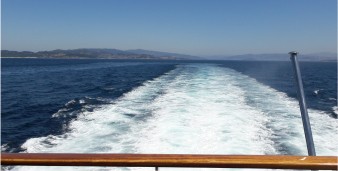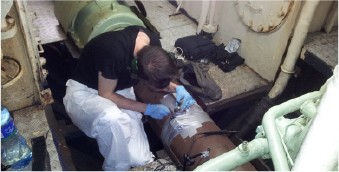Ship propulsion engineering
Sea Trials
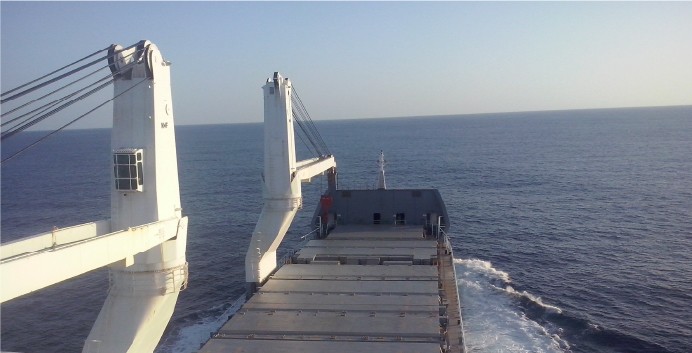
A good efficiency can only be achieved by proper component study.
The first step to improve the propulsion and maneuverability of your ship is data collection. We have the equipment and experience to perform sea trials in the following disciplines:
Power measurements on the shaft by torque meter
We have portable torque meters to measure the real torque absorbed by the propeller, determining very precisely the engine power at different operating regimes.
Maneuverability
Recording the trajectories of the ship in the different types of maneuver by means of an inertial measurement unit IMU, which allows a very accurate recording of the movements of the ship in the six degrees of freedom. During this test it is usual to simultaneously record the rudder angles, validating the capacities prescribed by IMO such as tactical diameter, crash stop and Zig Zag.

Accelerations and movements of the ship in operation
- Pitch
- Roll
- Heave
- Speed loss
- Acceleration in the trawl blocks
- Slamming, etc.
“Seakeeping behavior can be register measuring accelerations in six degrees of freedom.”
Electrical magnitudes
Power and consumption measurements in diesel-generator sets and shaft generators. Active and reactive power recording, on a one-off or semi-permanent basis, installing a recording equipment during an entire campaign.
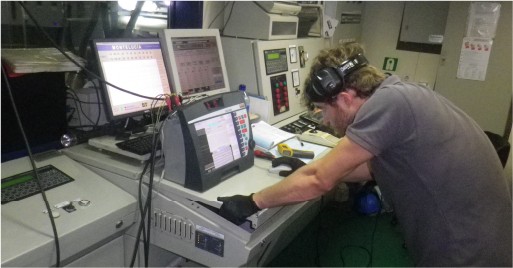
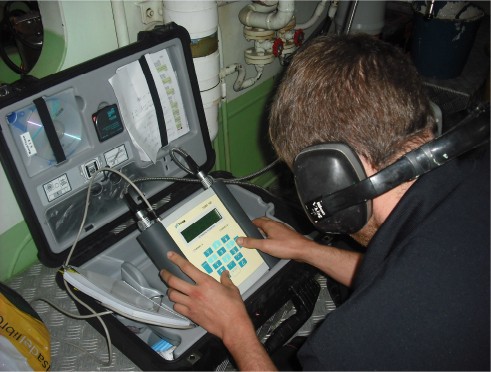
Flow rates in pipes
Flow measurement in pipes using non-invasive ultrasonic flowmeters. This measurement allows determining the fuel consumption of diesel engines as well as other flow rates such as cooling circuits.
